The 2022-23 season was a unique one with plenty of memorable moments. Goals were up again as 21 teams averaged 3.00 goals per game or more which is up from 18 teams in 2021-22 and nearly double the number of teams from 2020-21 where only 12 teams cleared the 3.00 goals per game mark. The Toronto Maple Leafs for the first time since 2004 won a playoff series and advanced to the second round with their series victory over the Tampa Bay Lightning. To cap off the season, the Vegas Golden Knights, who had a remarkable season, put together a great playoff run and easily defeated the Florida Panthers in five games to win their first Stanley Cup in franchise history.
Related: Golden Knights Are Changing How Front Offices Think
This season provided many insights for fans and experts alike. The game is changing and with the changes, there are new perspectives that teams will take with the hopes of building a Stanley Cup contender in the future. One of the notable changes might be in the net with front offices taking a different approach to goaltending.
Goaltending Will Be Re-Evaluated
Goaltenders struggled across the board this year. Save percentages (SV%) were down throughout the league and even playoff teams struggled to find stability in the net throughout the season. The Seattle Kraken made the playoffs with both their goaltenders having a SV% below .900 while the Los Angeles Kings only had one goaltender start 30 games this season for them in Pheonix Copley. With offense and goals being up, goaltenders have paid the price.
In the playoffs, the struggles continued, even for the elite goaltenders. Boston Bruins starter Linus Ullmark had a Vezina Trophy-caliber season but played poorly in the first round and was replaced by backup Jeremy Swayman for Game 7. Andrei Vasilevskiy is regarded as one of the best goaltenders in the game and has notably stepped up in the playoffs in recent years, helping the Lightning reach the Stanley Cup Final three years in a row. He had a .875 SV% in the first round against the Maple Leafs and allowed 23 goals in the six-game series. Jake Oettinger had a remarkable season with a .919 SV% and 2.37 goals-against average (GAA) on 1,776 shots but in the playoffs, he had a .895 SV% and a 3.06 GAA on 525 shots.
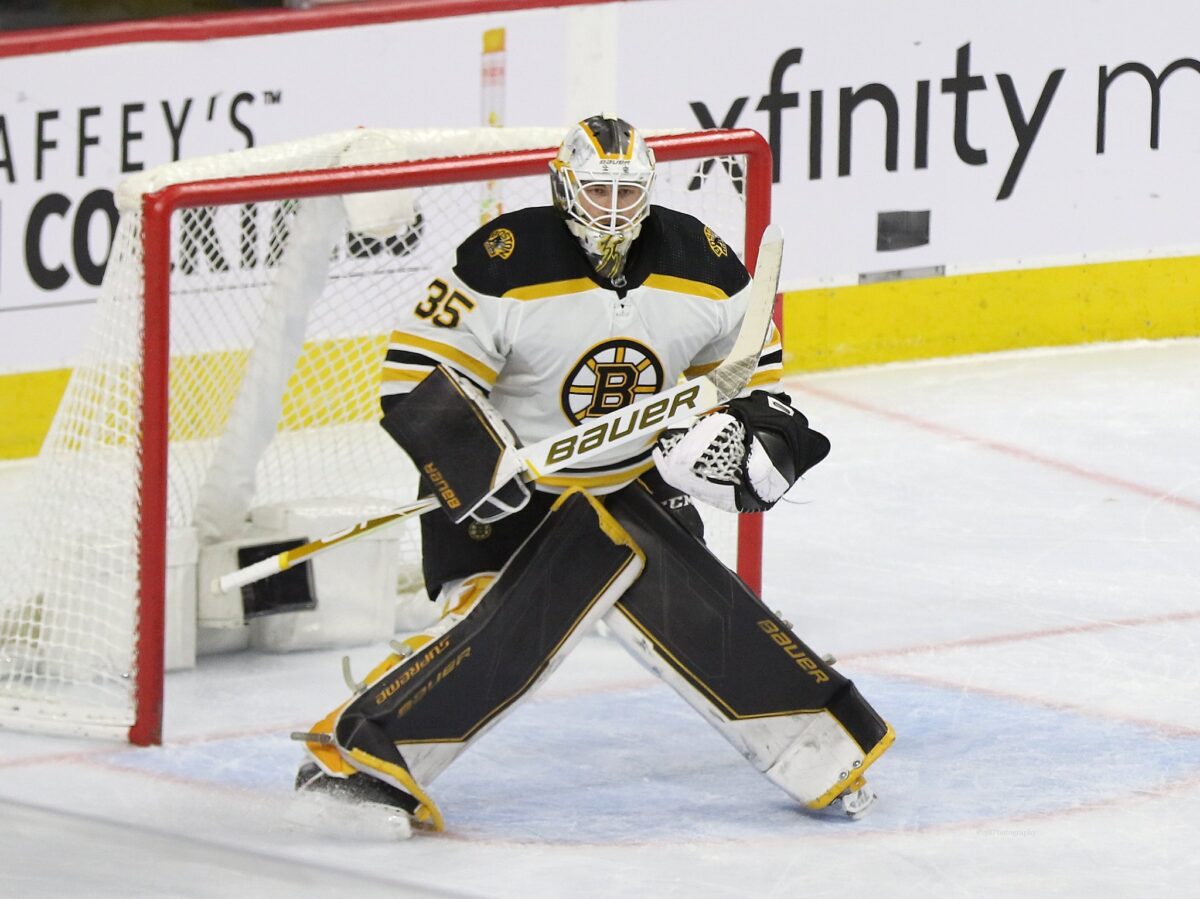
In the end, the two goaltenders that started in the Final were Sergei Bobrovsky for the Panthers and Adin Hill for the Golden Knights. Bobrovsky had a rough season with a .901 SV% and a 3.07 GAA on 1,466 shots. Hill meanwhile started only 25 games during the season and wasn’t the starter at the beginning of the playoffs, backing up Laurent Brossoit until he was hurt in Game 3 of the second round. Both goaltenders had the hot hand and managed to carry their teams in deep playoff runs but they had forgettable regular seasons.
Moving forward, it will be interesting to see how general managers (GMs) evaluate the position. Many teams are pressed against the salary cap and are looking for ways to save money and more importantly, spend wisely. With goaltenders struggling across the board, it’s possible that front offices might look to spend a minimum on goaltending and spend on their skaters instead. The Golden Knights used a minimal amount on the position and used the rest of their salary cap on elite skaters like Jack Eichel, Mark Stone, and Alex Pietrangelo. Teams don’t need an elite goaltender to win the Cup and as a result, might look to pay the other positions instead.
Trade Deadline Small Moves Make the Biggest Impact
This year, a lot of stars were moved at the trade deadline. Bo Horvat was traded to the New York Islanders, Timo Meier was acquired by the New Jersey Devils, Patrick Kane went to the New York Rangers, and Jakob Chychrun was dealt to the Ottawa Senators, a team that finished with the 11th-best record in the Eastern Conference and missed the playoffs. Even the Bruins, who were on pace to win the Presidents’ Trophy with ease, acquired Dmitry Orlov and Tyler Bertuzzi to help them make a run at the Cup.
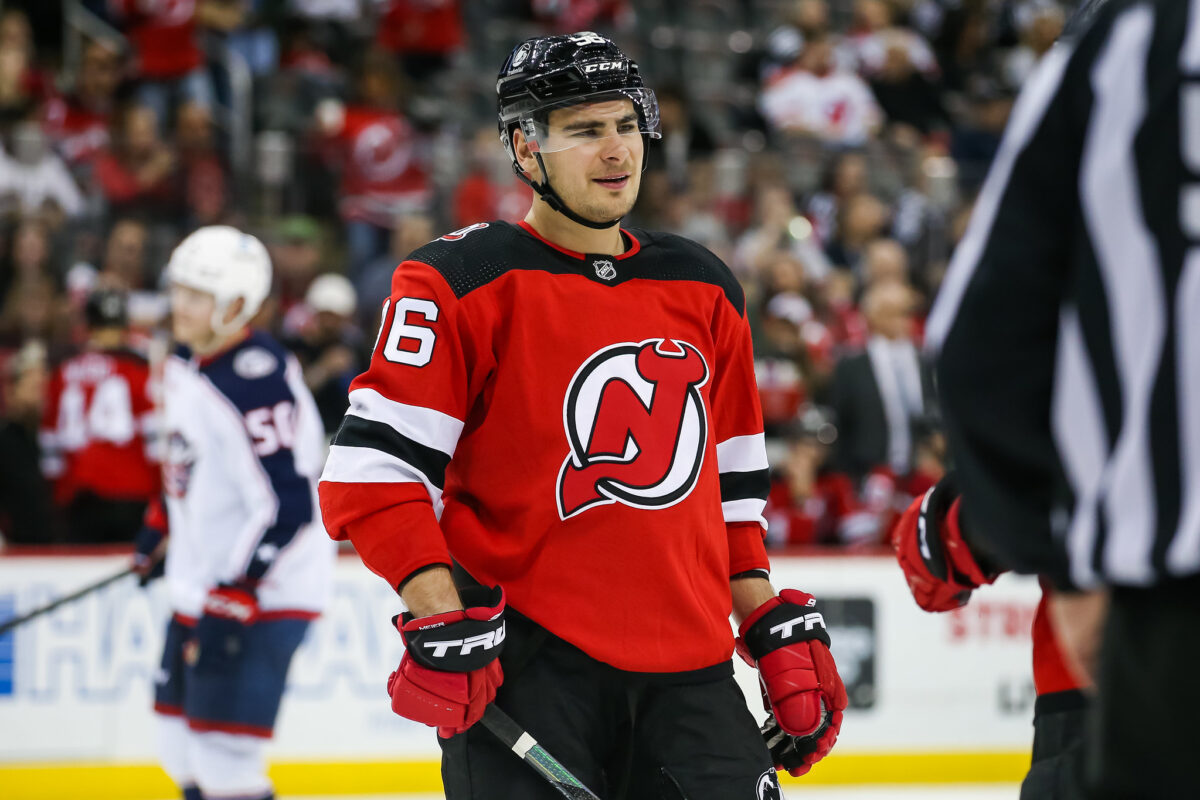
Despite all the movement, the two teams that played in the Final were the Panthers and the Golden Knights. The Panthers were notably quiet at the trade deadline, making no trades to help them make a push for the playoffs. The Golden Knights made a handful of small moves, acquiring Ivan Barbashev, Teddy Blueger, and goaltender Jonathan Quick, all of which came at a minimal cost. However, the trades they made, especially the Barbashev addition helped propel them to the Cup.
The teams that added depth players or role players were the ones that were successful in the playoffs. Along with the Panthers and the Golden Knights, the Carolina Hurricanes and the Dallas Stars made deep playoff runs with the help of minor additions. The Hurricanes added depth to their forward unit by acquiring Jesse Puljujarvi and they rounded out their defensive unit by adding Shayne Gostisbehere at the deadline. The Stars’ biggest move was acquiring forward Max Domi who ended up becoming one of their best skaters in the playoffs, scoring three goals and 10 assists.
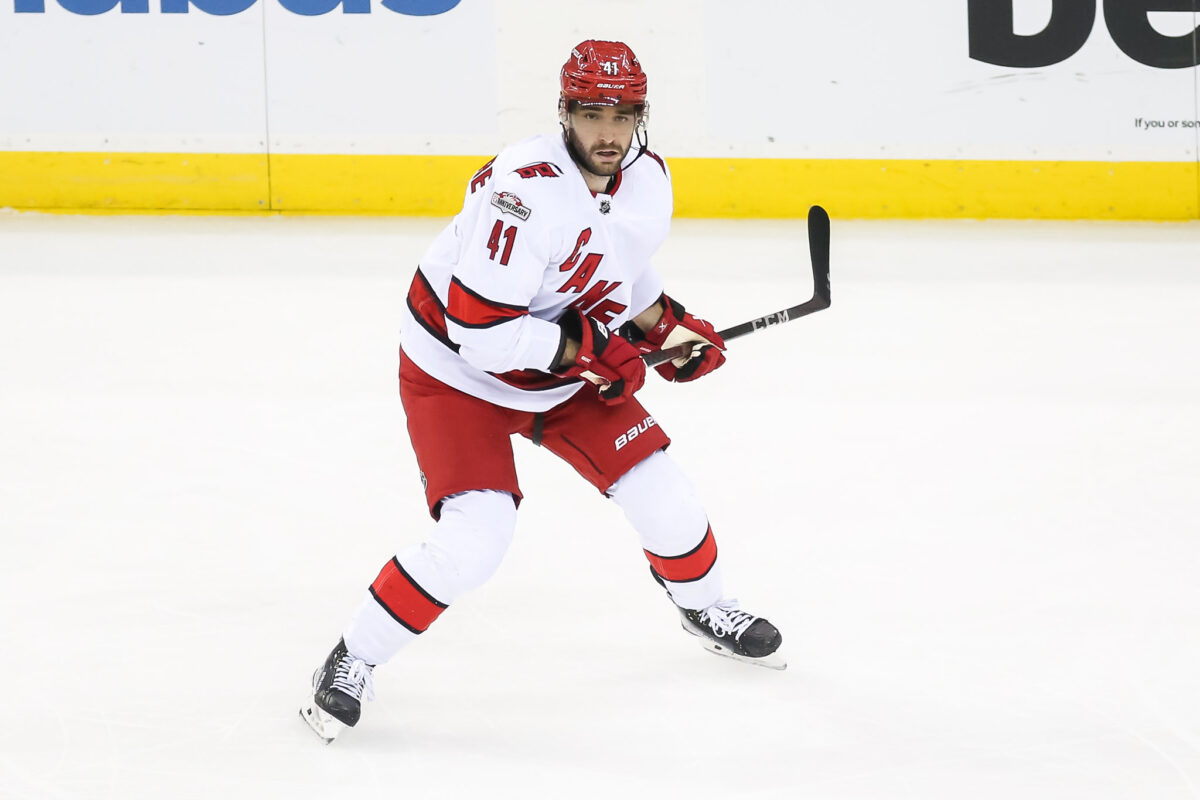
A lot of times, teams feel a sense of urgency to make a big trade or a splash at the deadline. To be fair, some of the trades that happened this year were made with the intention of building a strong core as well. Horvat was acquired and extended for eight seasons to become a key part of the Islanders roster while Chychrun was added to become a pivotal part of the Senators’ defense for years to come. However, when teams are looking to go all-in, the best moves sometimes are the minor ones.
Presidents’ Trophy Losses Can Fuel a Strong Response
The Panthers won the Presidents’ Trophy in the 2021-22 season but were eliminated in the second round in a sweep by the Lightning. In the 2022 offseason, they built their team with the hopes of being more prepared for the playoffs. They acquired Matthew Tkachuk and hired Paul Maurice with the hopes of becoming a more physical, well-rounded team. Fueled by last year’s embarrassment and entering the playoffs prepared to make a run, the Panthers reached the Final.
The Panthers are the most recent team that used a Presidents’ Trophy season that ended in disappointment as fuel, but a lot of teams have used it in recent years to help propel them to the Cup. The Colorado Avalanche won the Presidents’ Trophy in the 2020-21 season but were eliminated in the second round by the Golden Knights. The next year, they won the Stanley Cup. The Lightning in 2018-19 won the trophy after one of the greatest regular seasons in league history but were swept by the Columbus Blue Jackets in the first round. They won back-to-back titles in 2020 and 2021 and reached the Final in 2022. The Detroit Red Wings won the trophy in 2003-04 and 2005-06 but after disappointment in the playoffs, they won it again in 2007-08 and won the Stanley Cup, becoming the last team to accomplish both in a full 82-game season.
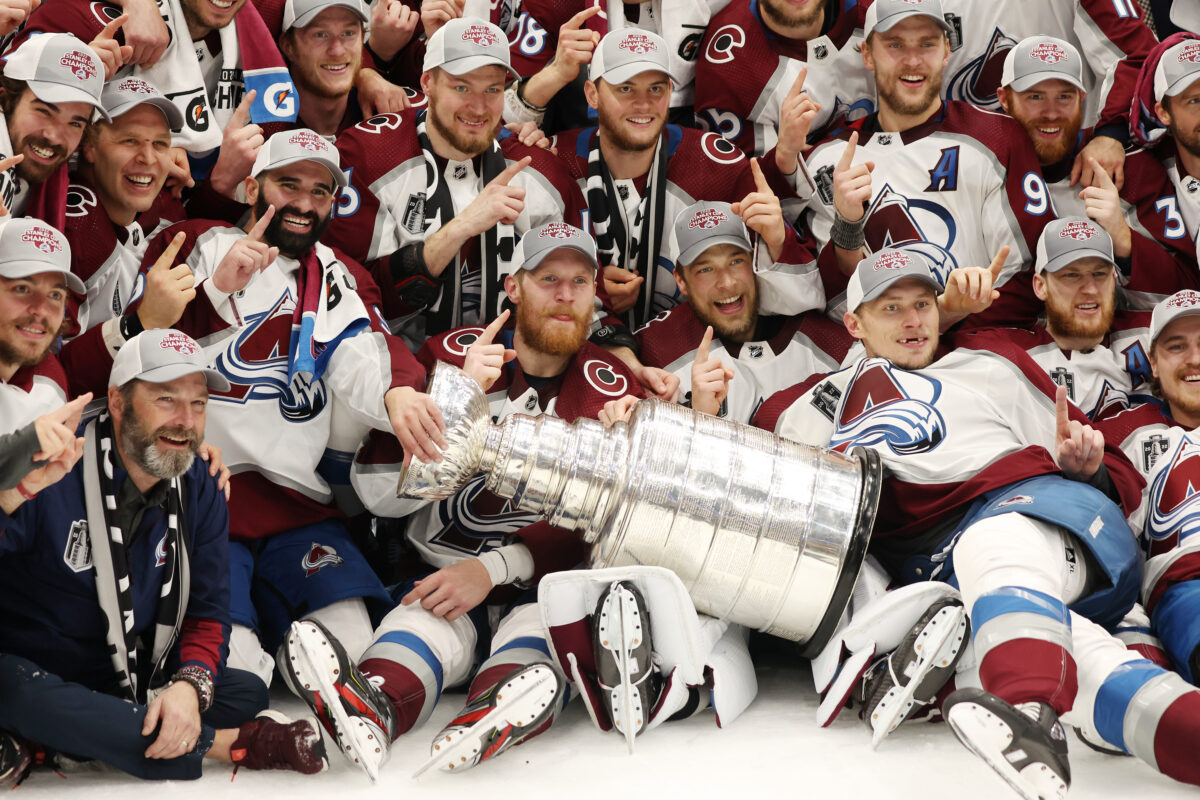
After a great season, a tough loss in the playoffs will help fuel a playoff run the next year. Likewise, Presidents’ Trophy seasons are often a reminder that it’s vital for teams to pace themselves during the regular season. Instead of trying to finish with the best record in the league, teams will try to end the season with a great record but prepared for the playoffs.
Next season, a lot of eyes will be on the Bruins, who had a historic season going 65-12-5. However, for future years, the Presidents’ Trophy will be a reminder that it’s not about how great a team is in the regular season but how they play in the playoffs. Moreover, teams that win the trophy but come up short in the playoffs can and will use it as fuel to have a great response after an embarrassing season.
Higher Interest in Draft Prospects
It’s hard to not look at this past year without thinking of the impact Connor Bedard and the rest of the 2023 Entry Draft had on it. Bedard is the generational talent in this draft and the consensus first-overall pick. His ability is sure to turn around any franchise and make them competitive for years to come. Throughout the season, there was an assumption that teams would actively try to tank to land the top section. Likewise, there was an impression that a lot of teams, especially after the trade deadline, would go out of their way to lose games to improve their lottery chances.
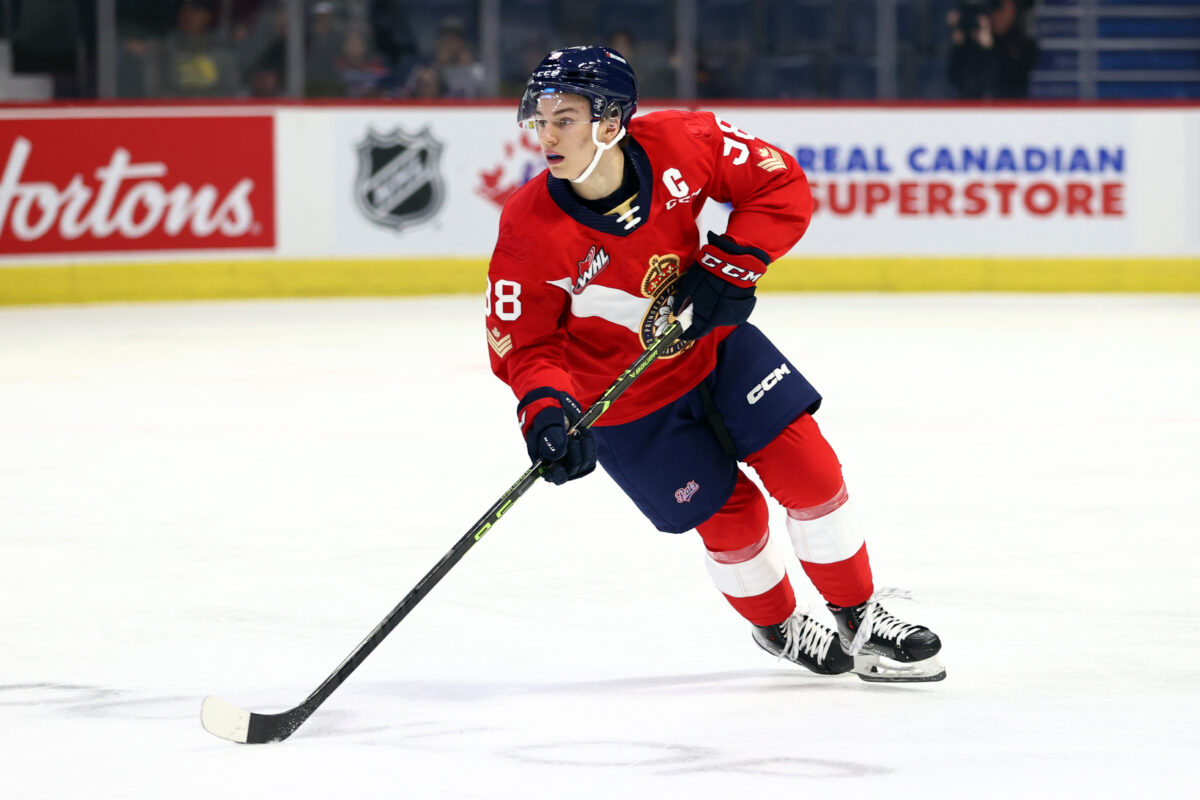
Interestingly, the teams that knew they weren’t going to contend this year took a unique approach to set themselves up to win the draft lottery. A lot of front offices entered the season with either a depleted roster or goaltending issues that made it difficult for their teams to win games. However, players and coaches don’t tank and never did this season. The Chicago Blackhawks won their second-to-last game of the season defeating the Pittsburgh Penguins 5-2 and then earned a point with a 5-4 overtime loss to the Philadelphia Flyers in their final regular season game. They were eliminated from the playoffs and the three points only hurt their odds but they ended up with the first-overall pick by winning the draft lottery.
A lot of the struggling teams went through awful stretches this season. The Flyers had a 10-game losing streak from Nov. 10 through Nov. 26 that all but derailed their season. The Anaheim Ducks lost their final 13 games of the season and only earned points in two of those losses. The Blackhawks had three losing streaks of eight games and a stretch where they went 1-15-1. These teams made it seem like they were going after a generational player but even the hapless teams were trying to compete until the end. In the NHL, one player doesn’t turn a franchise around and for these teams, it’s about building a winning culture more than landing one player that can help a team win.
The other interesting note when it came to prospects was the interest among fans. Attendance was up for the junior league and in the Western Hockey League (WHL) attendance increased by 22 percent this season and 37 percent during the playoffs. Fans wanted to see some of the elite young talent entering the upcoming draft and see for themselves why the upcoming class has a lot of buzz surrounding it. Bedard and the Regina Pats sold out a lot of their games. Likewise, the Seattle Thunderbirds had a lot of interest with their prospect-filled roster.
Whether the interest was an outlier or will be a thing moving forward is unknown. However, the focus on draft prospects is something the league should take note of moving forward. If fans continue to follow prospects and the junior leagues, it will ultimately be beneficial to the NHL and a way to grow the game.
Great Teams Win The Cup, Not Elite Players
Here’s a trivia question, who was the last player to win the Hart Trophy and the Stanley Cup in the same season? The answer is surprising in large part because of how long ago it was. Martin St. Louis, who now coaches the Montreal Canadiens, won the Hart Trophy in 2004 and helped the Lightning win their first title in franchise history.
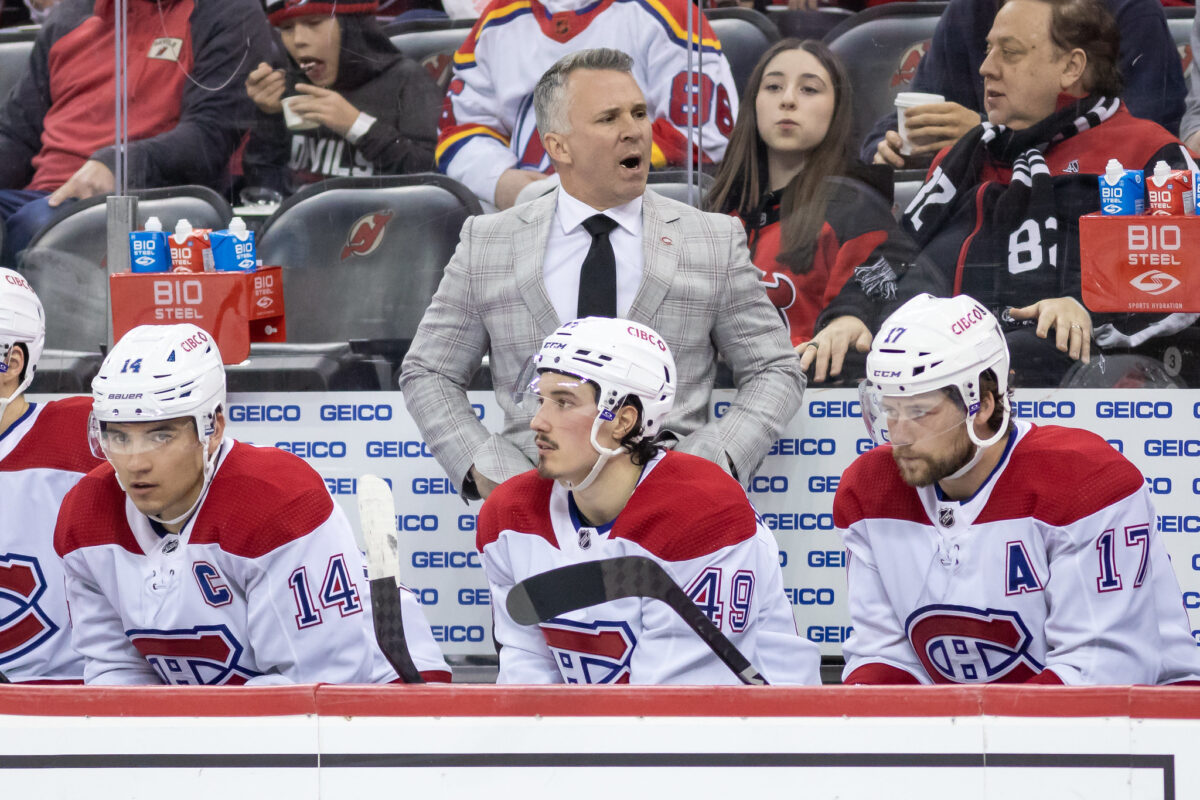
The NHL throughout its history has been known for having the greatest players winning the Stanley Cup. Wayne Gretzky, Mario Lemieux, Mark Messier, Bobby Orr, and many other legends not only established themselves as greats but went on to win the Cup. Recently, that hasn’t been the case. With the league being more balanced than ever before, there is only so much that a great player can do.
Connor McDavid scored 64 goals and 89 assists this season and is expected to win his third Hart Trophy. However, he was eliminated in the second round by the Golden Knights. The series between the Oilers and Golden Knights was a reminder that great teams win the Cup and not elite players. McDavid and Leon Draisaitl, who is also one of the league’s best duos, gave their team a chance but ultimately, couldn’t defeat a well-balanced team in the playoffs.
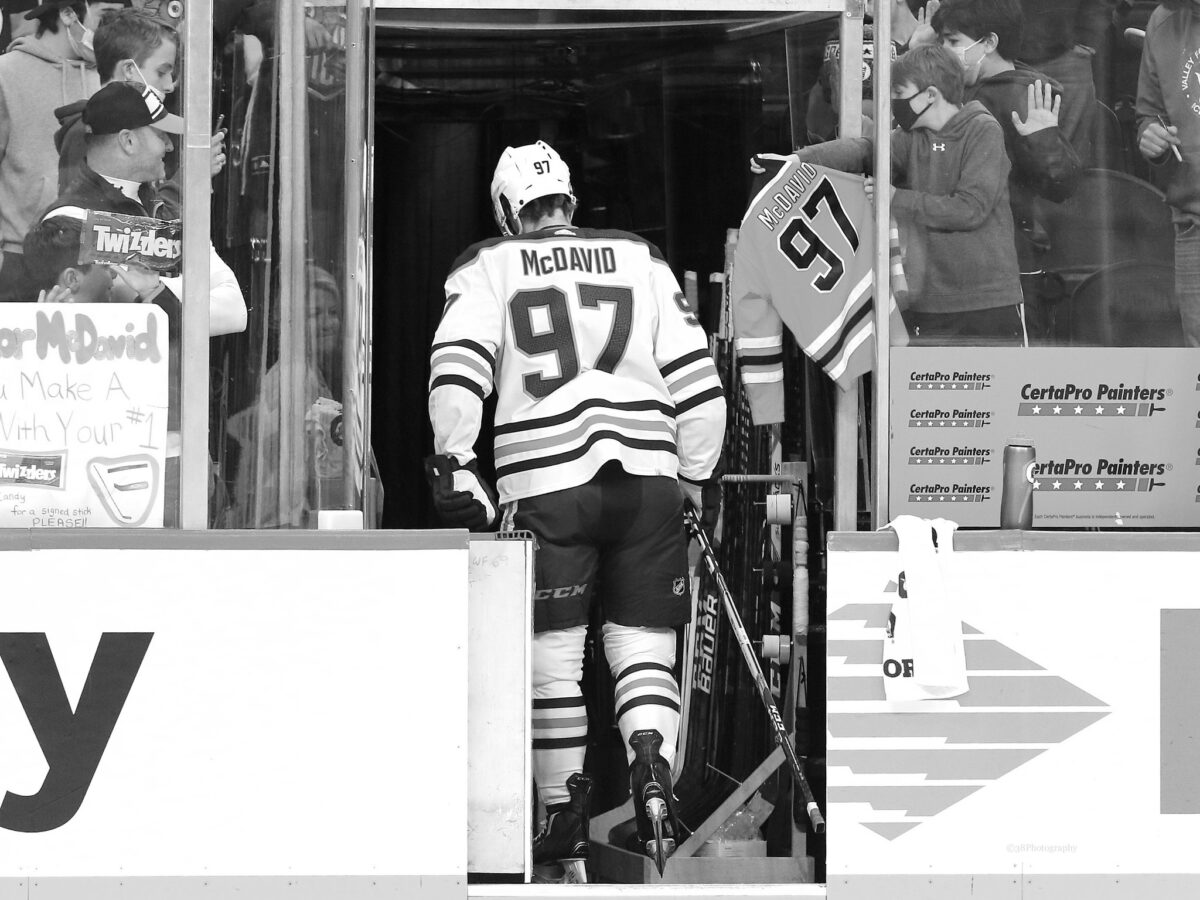
Stars are a pivotal part of any Cup team. After all, Eichel was paramount in the Golden Knights’ Cup run. However, great teams aren’t star-dependant. Instead, they have talent at every position, and along with possessing depth, they have great players that are capable of putting them over the top.
Other Notes From This Season
Versatility is pivotal in the playoffs and necessary to win the Cup. Forwards must create scoring chances and find the back of the net themselves and defensemen have to not only create turnovers but step up and help out the offense. The playoffs are when opponents can make players uncomfortable and force them to adapt and the players that are able to tend to be the ones hoisting the Cup in the end.
Likewise, a forward unit that can help out the defense goes a long way. The final four were a testament to the value of defensive forwards as all four teams made deep playoff runs with the help of their forwards playing a big role defensively. The Golden Knights had Eichel and Stone creating turnovers in the center of the ice. The Panthers had Tkachuk and Aleksander Barkov removing opponents from the puck with hard hits. The Hurricanes had Jordan Staal eliminating the opposition’s top lines, helping them eliminate the New York Islanders and the New Jersey Devils to reach the Eastern Conference Final. It’s a cliche that defense wins championships and having an entire team buy in defensively pays off, as this year’s playoffs showed.
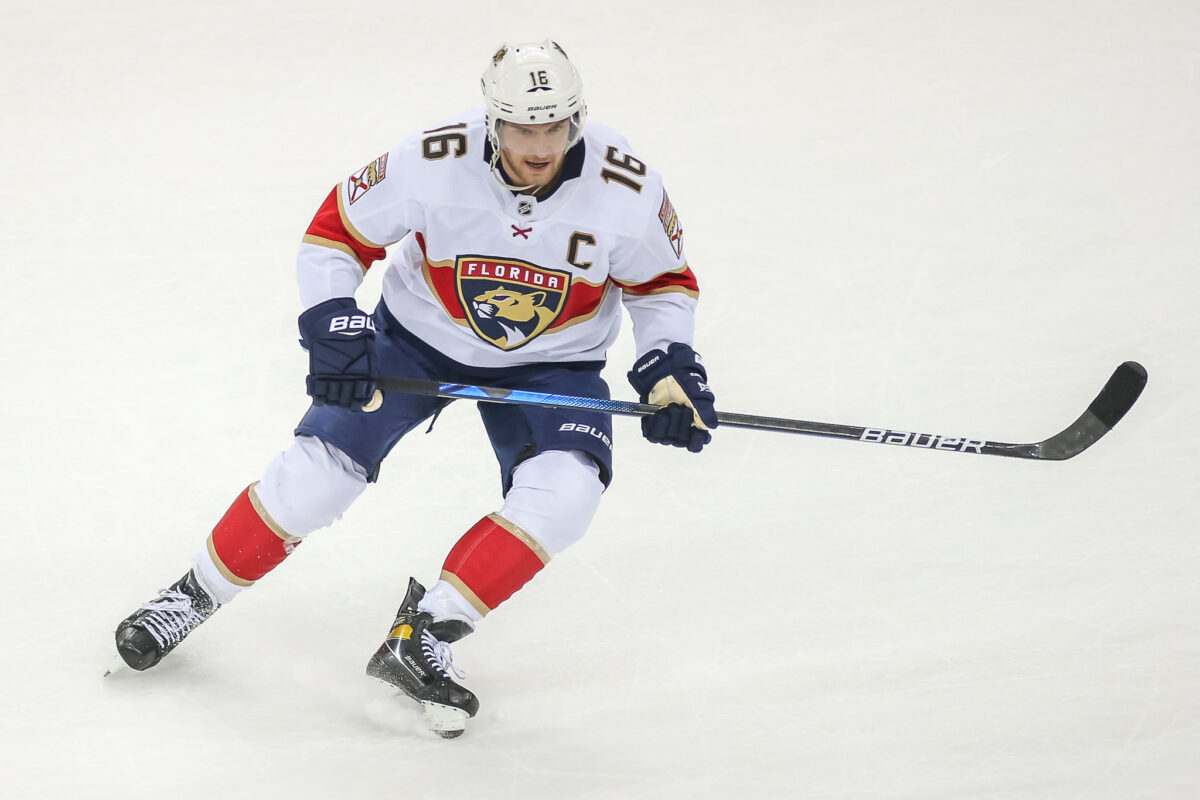
Another on-ice takeaway was how much data and analytics played a role in how teams played. Teams have valued possession more than ever before as the best defense is oftentimes keeping the puck away from the opponent. Likewise, there’s a strong emphasis on high-danger chances with offenses trying to take valuable shots and defenses preventing shots from the high-danger areas. The league is becoming more analytically minded but more importantly, is finding a way to integrate it into the game.
The 2022-23 season brought a lot of changes and the league will once again adapt and look different in 2023-24. It will be interesting to see what is taken away from this season in a league that is ever-evolving.
